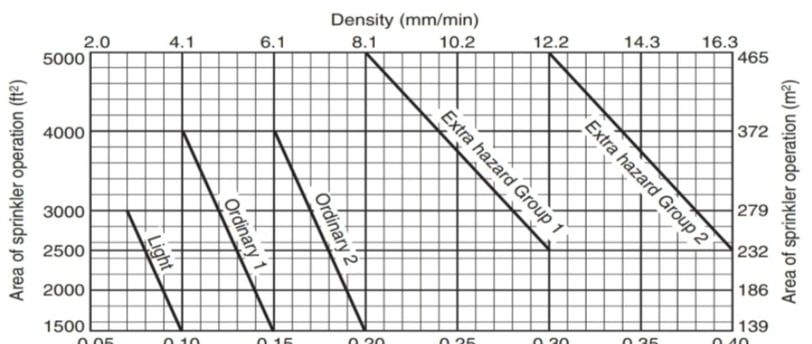Understanding Fire Protection Hydraulic Calculations for Pumps
12/3/20242 min read


Introduction to Fire Protection Systems
Fire protection systems are integral to safeguarding lives and property from the possible hazards of fire. One of the critical components of these systems is the pump, which ensures that sufficient water pressure is maintained to effectively combat flames. The hydraulics involved in these pumps must be accurately calculated to meet the demands of a fire event.
Importance of Hydraulic Calculations
Hydraulic calculations are essential in determining the proper flow rate and pressure within the fire protection system. When designing a fire suppression system, engineers must account for various factors, including the type of hazards present, the building’s layout, and local fire codes. These calculations ensure that water is delivered effectively to the areas most at risk, which is crucial for minimizing damage and enhancing safety during a fire emergency.
Steps for Performing Hydraulic Calculations
The process for performing hydraulic calculations for fire protection pumps starts with gathering all relevant data about the system. This includes:
The total area of the building to be protected
The type of fire suppression system being used (e.g., sprinkler systems, standpipe systems)
The required flow rates to combat potential fire scenarios
The water supply available and its pressure rating
The elevation differences that may affect water pressure
Once the data is collected, engineers can utilize industry-standard methods and tools, such as the Hazen-Williams equation, to calculate the expected flow rate and pressure losses due to friction in the pipes. These calculations confirm that the fire protection pump can deliver the necessary water supply effectively and reliably during an emergency.
Challenges in Fire Protection Hydraulic Calculations
While hydraulic calculations are straightforward in principle, several challenges can arise during their implementation. Variations in pipe materials, potential leaks, and unexpected elevation changes can complicate flow and pressure outcomes. Additionally, adhering to regional fire codes and regulations ensures that the fire protection system is not only effective but compliant as well. Therefore, engaging with certified professionals in fire protection engineering can facilitate a robust design, averting potential failures that could have dire consequences.
Conclusion
In conclusion, conducting accurate hydraulic calculations for fire protection pumps is a vital aspect of effective fire safety management. These calculations ensure that the fire suppression system functions optimally, providing the necessary pressure and flow rates to safeguard a building during an emergency. As fire safety protocols evolve, staying informed about the latest engineering practices and regulations is essential for maintaining optimal safety standards.
